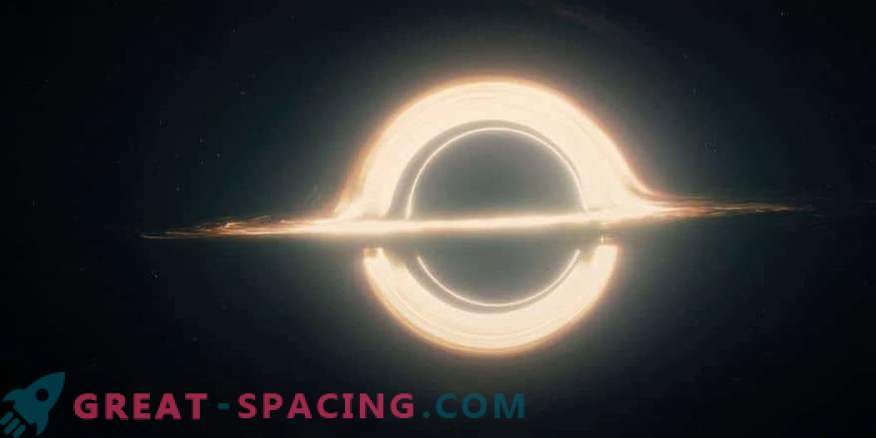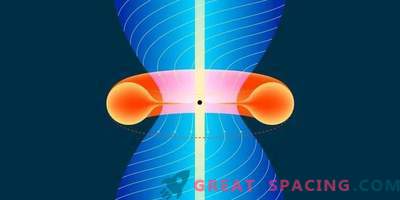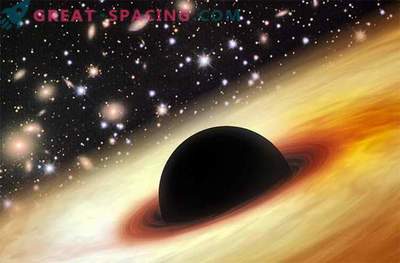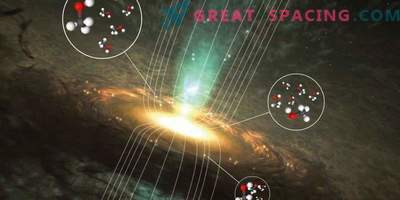
Chris Packham, a professor of physics and astronomy at the University of Texas at San Antonio, conducted a new study that broadens the understanding of black holes in our galaxy and the magnetic fields surrounding them.
Packham was the first to discover the magnetic field of a black hole in the Milky Way with several wavelengths. A black hole is a place in space where the force of gravity is so powerful that even light cannot escape from the grip. Typically, such objects are formed after the explosion of a massive star, where the residual nucleus is destroyed by gravity. For example, a star three times as massive as the Sun will become a black hole. The studied black hole is 10 times the solar massiveness and is called V404 Cygni.
The earth is endowed with a magnetic field, because it has a hot liquid core rich in iron. This flow forms electric currents, which create a magnetic field. The black hole also has this feature, since the hole emerged from the stellar remnant. When matter breaks around a black hole, jets of electrons are triggered by a magnetic field from any pole with almost the speed of light. New and unique observation of the jets and the evaluation of the magnetic field of the V404 Cygni included the study of the object at several wavelengths. The test allowed us to get a more detailed picture of the magnetic field power.
It turns out that magnetic fields are much weaker than previously thought. This is puzzling and questions the previous models. The scientist insists on further exploring the issue in order to understand black holes in general. If we return to the earliest point of the Universe after the Big Bang, then we should find a strong correlation between black holes and galaxies. It seems that the birth and development of holes and galaxies are closely related.











































